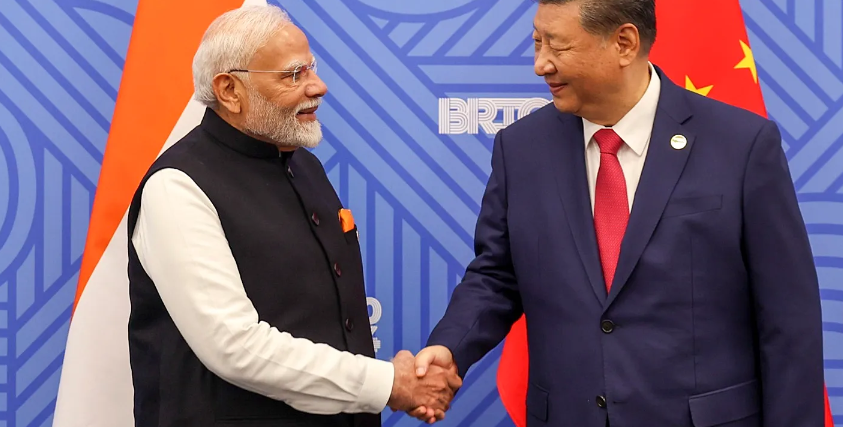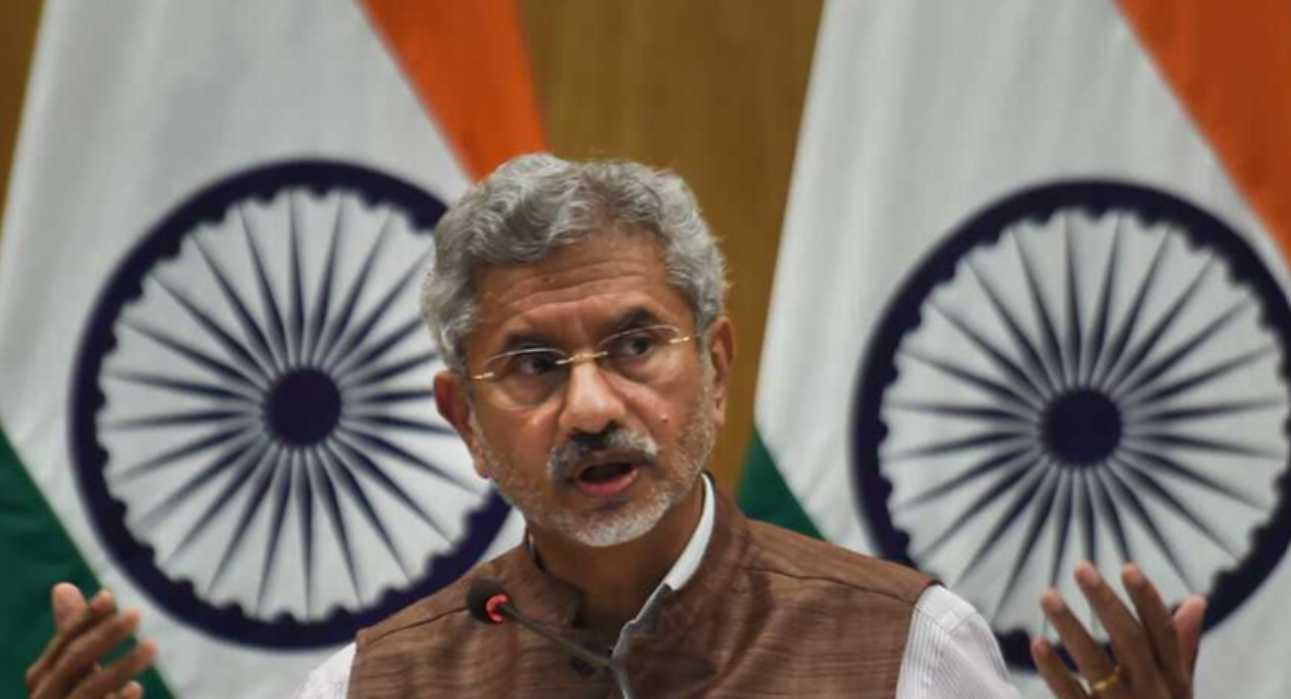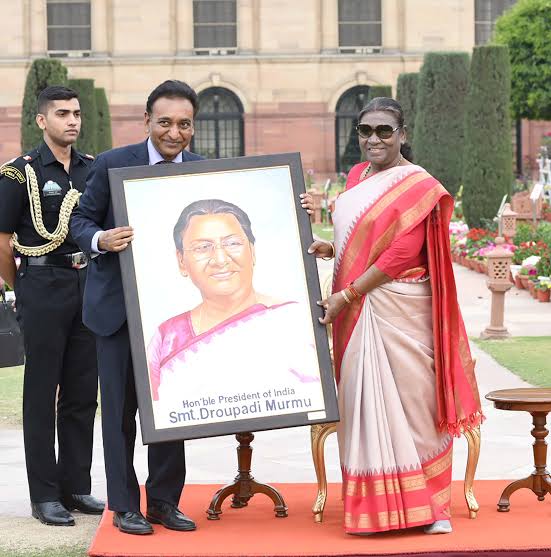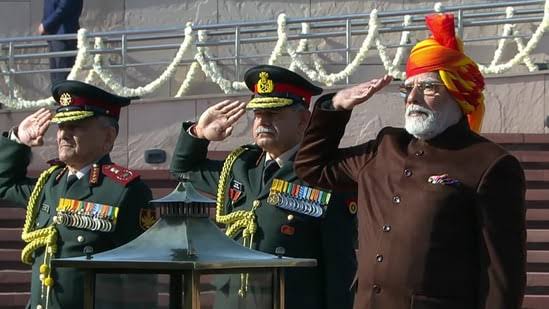As tensions along the Line of Actual Control (LAC) continue to simmer, India’s External Affairs Minister S. Jaishankar emphasized the importance of adhering to agreements already in place. Speaking at the BRICS outreach summit in Kazan, Russia, Jaishankar stressed that “agreements, once reached, must be scrupulously respected” and urged for disputes and differences to be resolved through “dialogue and diplomacy.” His remarks come amidst Beijing’s silence on a recent patrolling agreement along the LAC, despite earlier statements hinting at a resolution.
Jaishankar was representing Prime Minister Narendra Modi at the summit, where Chinese President Xi Jinping was also present. The summit followed a key meeting between Modi and Xi, during which both leaders underscored the importance of managing differences and avoiding escalation. Xi highlighted the need for “more communication and cooperation” between the two nations, noting that the world was closely watching their interactions.
Meanwhile, back in New Delhi, Defence Minister Rajnath Singh shed more light on the ongoing dialogue between India and China, stating that the two countries had reached a “broad consensus” to restore the ground situation along the LAC. Singh, speaking at the Chanakya Defence Dialogue, emphasized that the discussions have led to agreements on traditional patrolling and grazing rights in disputed areas. He attributed this progress to the power of continuous dialogue, expressing optimism that solutions will continue to emerge through these discussions.

The timing of these developments is significant. On the eve of Modi’s visit to Kazan, India announced that an agreement had been reached on patrolling arrangements along the LAC, to disengage and resolve the tensions that escalated in 2020. However, Beijing’s subsequent statement referred only to a “solution plan” without explicitly mentioning the patrolling agreement. This omission has led to speculation, with some viewing it as a sign of divergence between the two countries’ interpretations of the progress made.
The bilateral meeting between Modi and Xi, the first in five years, is seen as a step toward thawing relations that have been strained since the 2020 border standoff in eastern Ladakh. While Modi mentioned the border pact in his official statements, the Chinese readout focused on “important progress without referencing the specifics of the agreement.
As the diplomatic process continues, India’s firm stance on the need to respect existing agreements and pursue peaceful solutions remains clear. With both nations signaling a willingness to engage, the world will be watching closely to see how these developments unfold and what they mean for the future of India-China relations.




